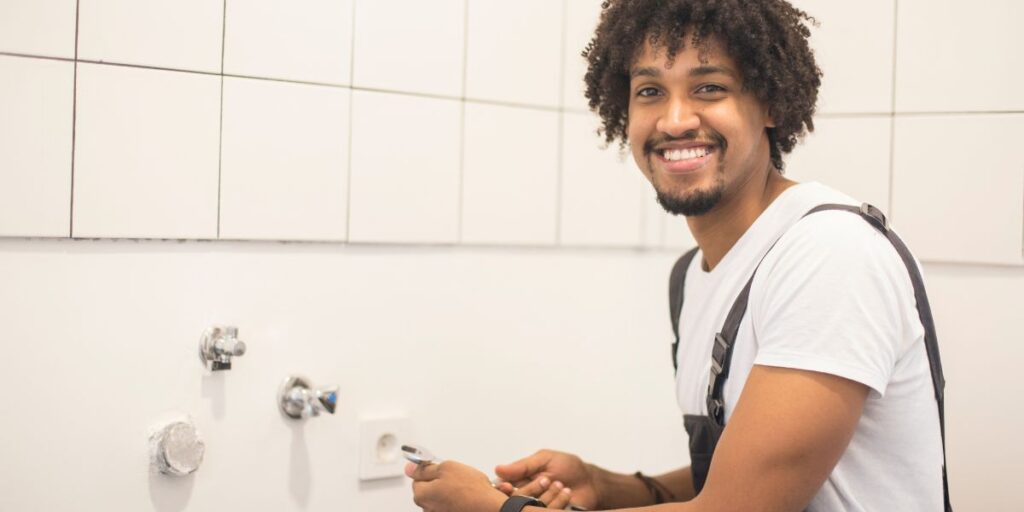In the world of plumbing, identifying and fixing leaks is a crucial skill that every plumbing professional should master. At PlumberChatting.com, we understand the importance of effective leak detection, and we’re here to provide you with expert tips and tricks to make you a leak detection maestro. In this article, we’ll explore valuable techniques to help you excel in pinpointing and repairing leaks efficiently.
1. The Power of Visual Inspection
One of the most basic yet often overlooked methods of leak detection is visual inspection. Carefully scrutinize the entire plumbing system for any visible signs of leaks, such as water stains, dampness, or discoloration on walls, ceilings, or floors.
2. The Telltale Sound of Drips
Use your ears as a valuable tool in leak detection. The sound of dripping or running water where it shouldn’t be can be a strong indicator of a leak. Utilize a stethoscope or listening device to amplify the sound and pinpoint the exact location of the leak.
3. The Magic of Pressure Testing
Pressure testing involves sealing off sections of the plumbing system and then pressurizing them with air or water. A drop in pressure indicates the presence of a leak. This method is highly effective in identifying hidden leaks within pipes.
4. Thermal Imaging Technology
Advanced tools like thermal imaging cameras can detect temperature variations that are indicative of water leaks. Hot or cold spots can be a clear sign of an underlying issue.
5. Dye Testing
Dye testing is especially useful for identifying leaks in toilets and drains. By adding a water-soluble dye to the water in the tank or drain, you can visually track the path of the colored water to locate the source of the leak.
6. Use Your Sense of Smell
In cases where you suspect sewer line leaks, your sense of smell can be a helpful tool. Sewer gas has a distinctive odor, and tracing it can lead you to the problem area.
7. Invest in Acoustic Leak Detection Equipment
Acoustic leak detection equipment utilizes specialized microphones to listen for sounds that are emitted by water escaping from pipes. This technology can pinpoint leaks even in complex plumbing systems.
8. Monitor Water Meter Readings
A sudden unexplained increase in water meter readings is a strong indicator of a hidden leak. Keep a close eye on water usage patterns and check the meter regularly.
9. Follow the Water Stains
Water stains on walls, floors, or ceilings are often clear signs of leaks. Follow the path of the stains to trace the source of the issue.
10. Regular Maintenance
Encourage homeowners and businesses to invest in regular plumbing maintenance. Identifying and fixing small leaks before they become major issues can save both time and money.
Conclusion: Leak Detection Mastery
Leak detection is a fundamental skill for plumbing professionals, and mastering it can save you and your clients from costly repairs and water damage. By employing techniques such as visual inspection, sound detection, pressure testing, thermal imaging, and dye testing, you can become a leak detection expert.
At PlumberChatting.com, we’re dedicated to providing you with resourceful tips and tricks for excelling in your plumbing profession. Remember, the ability to identify and repair leaks efficiently is a hallmark of a skilled plumber, and it can set you apart as a trusted professional in the industry.

